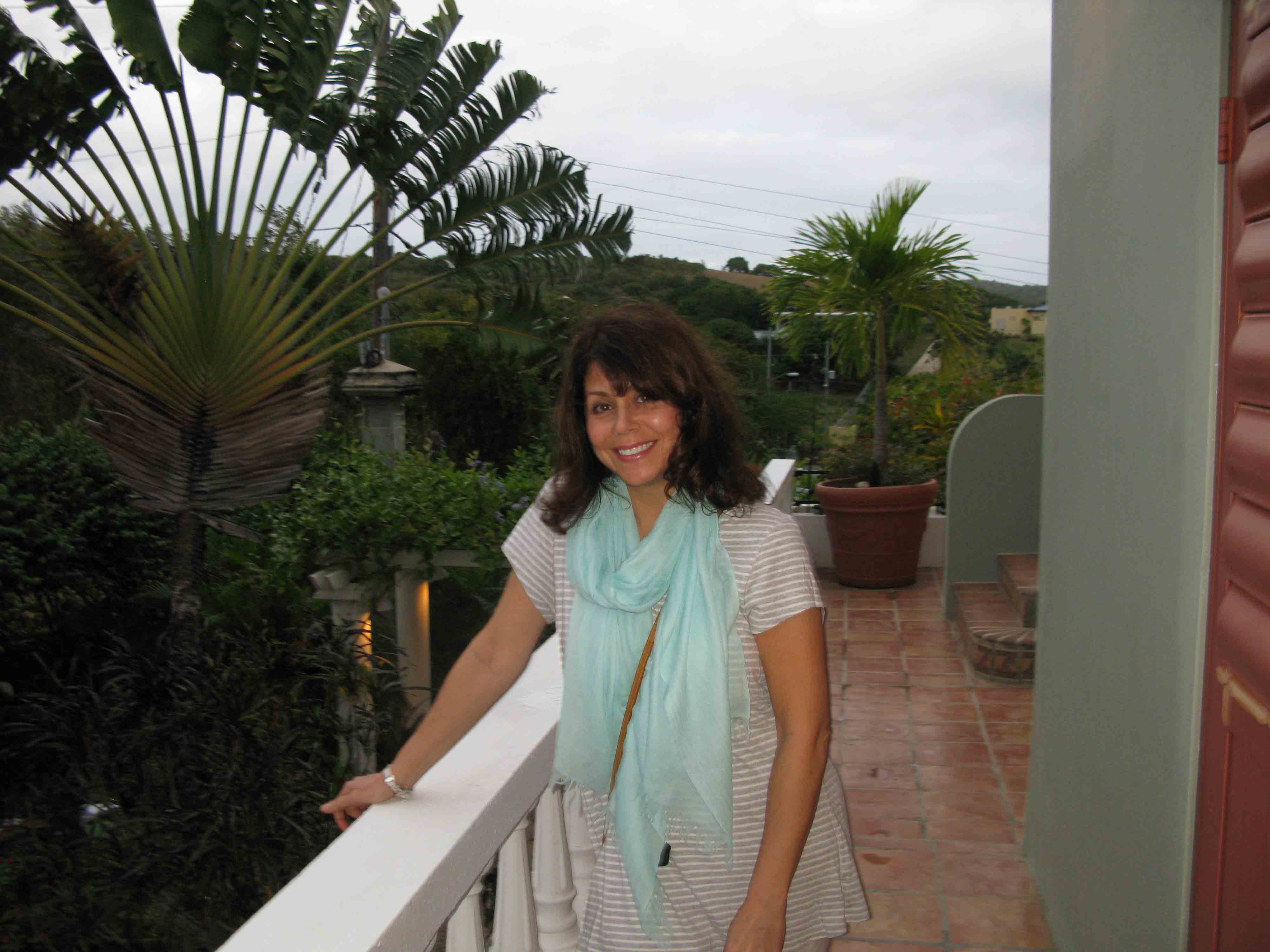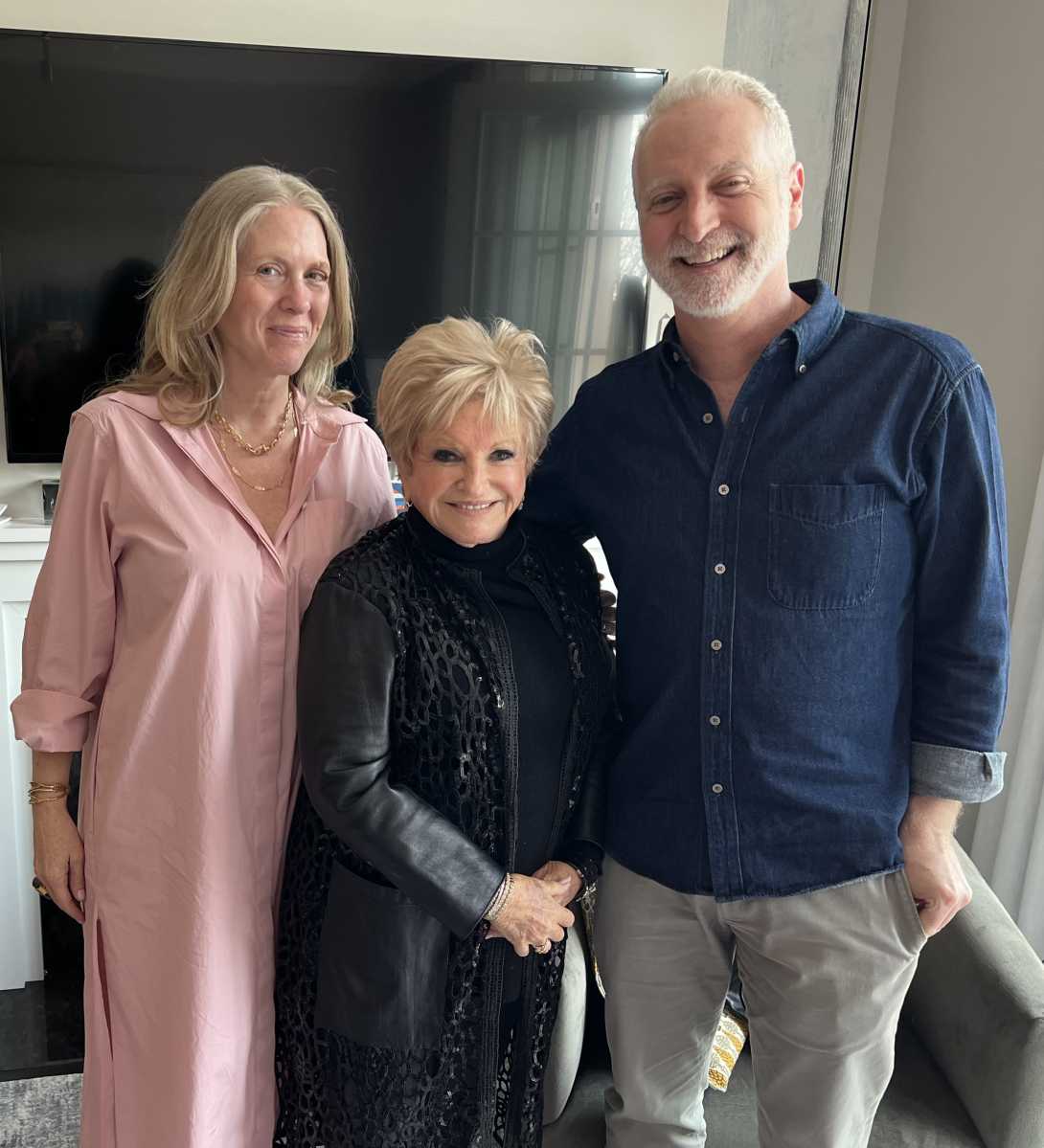Honoring the Artist: Casey Chalem Anderson

For those permanent residents of the East End (and even those who have lived here for several years), the indigenous landscape may become “old hat.” It’s like being in Paris and taking the Eiffel Tower for granted. Yet cover artist Casey Chalem Anderson never takes our glorious beaches and fields for granted. And ask her where she would rather live, her answer is always the same: “Here.”
But it’s really the open spaces that attract Anderson to the Hamptons, a result of growing up in a crowded New York City apartment. It’s no wonder, then, that the artist’s works are often done outdoors (plein air), capturing the spirit of her surroundings. There’s another aspect that is especially meaningful in Anderson’s landscapes. She says, “I get an emotional lift from color. I like to explore it using colors that are beyond representational, but always expressive.” [expand]
You spent 10 years in California after New York, going to school at Berkeley, but you returned to the East End, where you spent summers as a young girl. There’s lots of beautiful scenery in Northern California. Why did you come back?
I fell in love with the landscape here, even though there’s an ocean in California, too. There’s a big sky here, and a horizontal perspective. I can access nature on a day-to-day basis. As a child, I walked along the seashore. I felt safe walking by myself. I loved the sensation of it.
How about the idea of accessing nature?
Landscape makes me aware of nature as it does for other people. Looking at landscape can trigger something like a water reflection in a Monet painting. I can see a cloud formation, and it reminds me of Fairfield Porter. You see nature through artists’ eyes.
You have to be familiar with the artists’ work first, of course. What particular artist’s piece has inspired your own art or has stayed with you in your memory?
I studied Asian Art in college, and the woodcut by Hokusai of a big wave inspired me a lot. But I remember Hokusai’s “Thirty-six Views of Mount Fuji” as far back as high school, maybe earlier. David Hockney’s “The Bigger Splash” influenced me, too. And so did Winslow Homer’s paintings of the Maine coast.
How did these works inspire you particularly?
In my “Wave” series, one of which is on the cover, Hockney’s work showed me how paint can mimic the explosive energy of waves. I was influenced by Asian art, generally, because of its composition and the tradition of landscape, its connection to nature and the great unknown.
Do you find your wave dangerous looking? (Hokusai’s wave was sinister).
The wave is coming at you, but it’s manageable. It has undertones of danger; it has a strong sense of vulnerability when it’s about to crash. That moment has so much energy.
You mentioned you look at the water in times of stress and turmoil, when you have a barrage of things coming at you. Those “things” are perhaps like the waves. How does the water or nature make you feel?
My version of nature is that it’s at rest and peaceful.
How is this wave series different from other images you have painted?
It’s a specific wave and a specific time, right before it crashes. I don’t have movement in my other paintings, but I do in this series.
So what’s the bottom line? Let’s get back to the original question of why you are here.
What I do, I can’t do anyplace else. There’s an appreciation of art—people understand there’s a tradition here.
Casey Anderson will be in a group show with Plein Air Peconic at Ashawagh Hall from July 15 to 17. Call her at 631-680-7834 for information. To view Casey Chalem Anderson’s work, visit caseyart.com.



